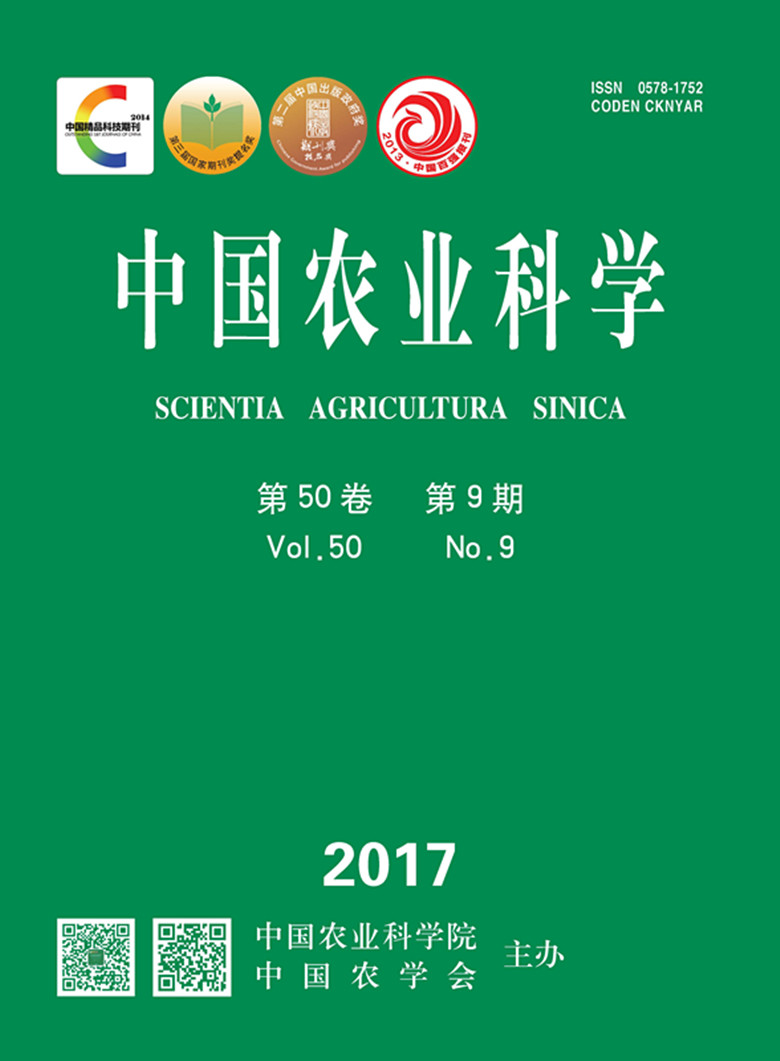【Objective】As we all know, seed coating has become an important means of crop disease and pest control. It can effectively and efficiently control pests and diseases at seedling stage, improve the efficacy of pesticides, reduce the number of drugs, reduce labor and so on. In order to broaden the application of flowable concentrate for seed coating (FSC) in precise control of rice diseases and insect pests, 40% thiamethoxam-pyraclostrobin flowable concentrate for seed coating was prepared based on the film-forming agent, and the stability and safety of rice seed coating were systematically evaluated.【Method】The formulation of diacetone acrylamide-butyl acrylate copolymer was prepared by emulsion polymerization. The formulation of 40% thiamethoxam·pyraclostrobin flowable concentrate for seed coating was optimized, and prepared through the wet milling process. The film-forming agents were characterized by water-resistance and film-forming stability, and the quality indexes of seed coating were tested. At the same time, the biological properties of rice seedling treated with seed coating agent were evaluated by pot experiment, and the optimum dose was determined by laboratory test. Root length, plant height, root number, leaf number, root activity, chlorophyll, free proline, antioxidant enzyme were also evaluated.【Result】Diacetone acrylamide-butyl acrylate copolymer film had a good film-forming stability, and the changes of water absorption and resistance in the seed coating were observed by optical microscope. The membrane was dissolved slowly in water, until 35 d, there were small changes in its damage area and porosity. The optimum formulation of 40% thiamethoxam·pyraclostrobin flowable concentrate for seed coating was 25% of thiamethoxam, 15% of pyrazolemcetate, 0.5% of quick T, 8% of FS 3000, 0.3% of magnesium aluminum silicate, 0.12% of xanthan gum and 0.5% of bentonite, 5% of ethylene glycol and 5% of Haishu Liquid Red 2R. The suspension rate of FSC was 97.90%, film formation time was 12 min, with good film formation and dispersion. The coating uniformity was 88.23%, viscosity was 0.53 Pa·s, the drop rate of 3.25%, with good cold and thermal storage stability. All the indicators of the flowable concentrate for seed coating met the relevant suspension seed coating quality standards. The germination rate of rice seeds increased by 31.98% compared to CK and by 6.57% compared to the positive control, plant height increased by 6.48% and 9.42% compared to the positive control, root activity increased by 38.07% and 24.20% compared to the positive control, and chlorophyll content increased by 143.02% and 78.63% compared to the positive control, free proline content increased by 28.70% and 23.79% compared to the positive control. And the effect on antioxidant enzyme activity was not significant, SOD enzyme activity increased by 30.69% compared to CK and by 15.66% compared to the positive control, changes of POD and CAT enzyme activity was not significant, using a drug ratio of 1﹕50 (2.88 g a.i/kg) treatment.【Conclusion】40% thiamethoxam·pyraclostrobin flowable concentrate for seed coating has good film-forming properties, long persistence period, high germination rate, and safe for rice seed, which could provide a powerful guarantee for the seedling growth of rice.









